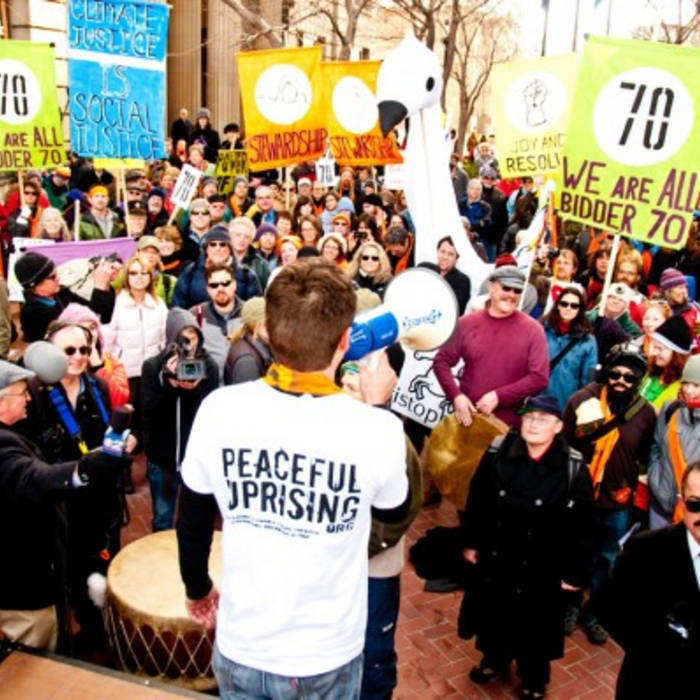Linda Hogan’s Power reflects on many critical issues in today’s society, including climate change, ecology, and identity. However, considering Hogan’s deep roots in the Chickasaw tribe, I believe that the most important theme in Power is indigenous rights. The conflict between the Taiga tribe and the modern society in Florida is evident; over the past decades, the Taiga reserve has shrunk, making way for urbanization. Highways, shopping malls, and corporate buildings have overthrown nature. Even invasive species such as the kudzu are growing out of control in the Taiga reserve, once again symbolizing the modern society’s takeover.
With modern society expanding its land on the expense of indigenous people comes the issue of indigenous rights. And these issues can spark a lot of controversy, which is the case of the Dakota Access Pipeline. The Standing Rock Sioux tribe, who are directly affected by the construction of the $3.8 billion pipeline argued that the project will contaminate their water supply, cross sacred land, and was approved without the consent of tribal leaders. What followed was a protest which spread to Washington D.C., and gained international media attention.

Dakota Access Pipeline protest in Washington D.C. Link: https://s.yimg.com/ny/api/res/1.2/jPFGVqjXk.WxHpbYe3gClQ–/YXBwaWQ9aGlnaGxhbmRlcjtzbT0xO3c9MTI4MDtoPTk2MA–/http://media.zenfs.com/en/homerun/feed_manager_auto_publish_494/f337a0e17b1f6fecc0cc41162909be1e
What I find particularly interesting about the protest is how it became an international rallying cry for both indigenous rights and climate change activism. The fact that protesters claimed that both issues were violated by the government goes to show how interconnected the issues are. I believe that this is what Linda Hogan was trying to illustrate. In Power, climate change and indigenous rights are not separable. The killing of the Florida panther illustrates this perfectly. On one hand, the killing could be justified as it is an act of spirituality and mercy, as the panther was weak and sick. On the other hand, the Florida panther is an endangered species, protected by the U.S. government. However, one could argue that the panther is endangered due to climate change, which in turn has been caused by modern civilization. Thus, Power and the Dakota Access Pipeline protests show that most issues are interconnected, and it is vital that we keep this in mind when addressing critical issues.

